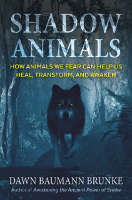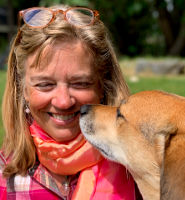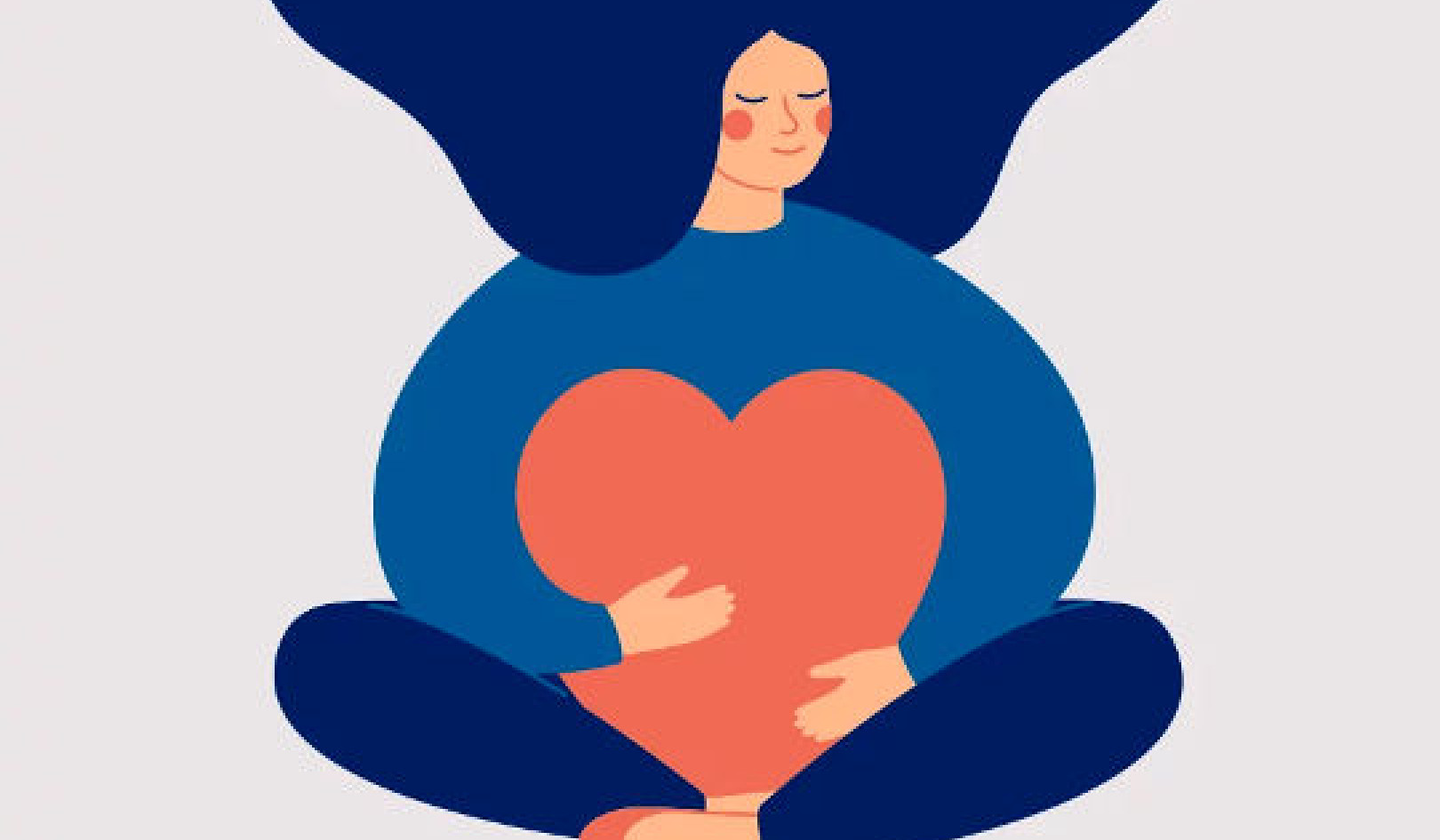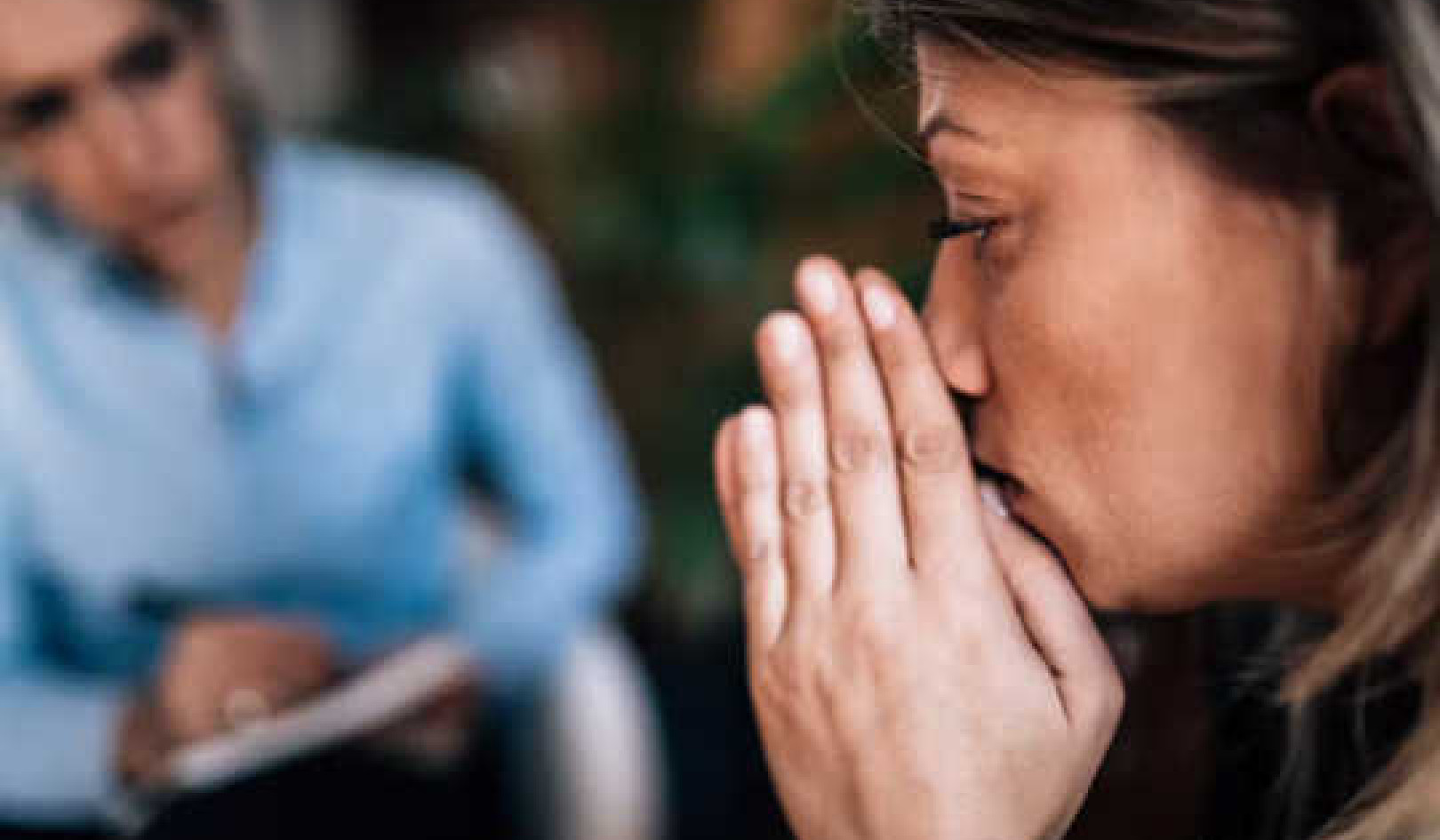
Image by StockSnap
The time will come when, with elation,
you will greet yourself arriving at your own door . . .
-- Derek Walcott,“Love after Love”
Hello, human. Most of this book was written in 2020—perhaps the most shadow-infused year we’ve experienced in recent history. We saw some of the worst behavior from our species, and some of the best.
It was a year of fear and confusion, rage and reactivity. It involved sudden job loss and rising unemployment; increasing polarization, mistrust, and divisiveness fueled by a deluge of disinformation; and worldwide projection of Shadow. The earth responded: record rainfall, hurricanes, floods, earthquakes, wildfires, drought, warming temperatures, and melting ice.
At home we suffered the last desperate year of a president who preferred to belittle, deny, and divide rather than unite. We faced the ugly truthsofsystemicracism,genderinequality,andsexualpredation(notably by those with wealth, power, and celebrity status), and witnessed children pulled from their parents at border crossings. We fought for policeandimmigrationreform,racialjustice,andaccountabilityinthe media and government. At the tail end of 2020 Americans voted in record numbers for change, electing the oldest president ever to serve and the first female, first black, and first South Asian American vice-president. Even though we fired the old president, he refused to believe it was so.
But the biggest news was the global pandemic. COVID-19, an acute respiratory illness, found its way to every continent on Earth. We practiced social distancing, faced travel restrictions, and mostly stayed at home.
Disease is about disruption or disorder, the body’s way of revealing what is amiss within ourselves. COVID reflected the global dis-ease of our species. Like a feverish dream it spread uncontrollably—scaring, disorienting, and isolating us. And yet it connected us too, pressing us to ask big questions about who we are and who we want to be.
The Breath Connection
The respiratory nature of this pandemic reminds that breathing joins us with each other and with the world. We breathe in the air molecules of those we know and those we don’t know, all of us sharing in the sacred inhalation and exhalation of life. COVID required us to be more conscious of what we take in and what we release with our breath.
We wore masks to prevent contagion, but so also did the coverings suggest that our words—increasingly combative, judgmental,and fraudulent—had become toxic. At the same time, an uprising of people all over the world questioned the agenda of those in charge and clamored to fight censorship, expose fraud, and reveal the truth.
So what exactly was being masked? Was the ubiquitous mask—the global symbol of 2020—metaphoric encouragement to take stock, speak less aggressively, and listen more, or oppressive directive aimed at controlling, concealing, and silencing? Perhaps it was both—and even more, for as we would learn, mask wearing was simply the beginning of along, chaotic journey with many surprising events and unexpected revelations.
The year 2020 was one for diving deep to face our Shadow, both personally and collectively. Life always presents what we need to see! Scandals and corruption were exposed as a plethora of secrets emerged—cloaked in fear and denial for some, inviting acknowledgment and change for others. It was a time of death, but also rebirth.
Acknowledging Our Shadow
We human beings are such incongruous creatures, saying one thing while thinking or feeling another. So too do our emotions, thoughts, and actions span a wild expanse of extremes. Part of us growls and bares its fangs while another part sings and swells with love. We flaunt and celebrate parts of ourselves, hide, repress, and deny others.
You know the pattern: whatever we reject or disown is mirrored back to us, showing up as a person, animal, dramatic event. Thus, as Jung put it, we “slowly come to recognize that we meet ourselves time and again in a thousand disguises on the path of life.” And so it goes—until we are ready to awaken.
Acknowledging our Shadow begins the process of releasing the ancient curses we have placed upon others and ourselves. It liberates the energy we’ve been using to dampen down uncomfortable thoughts and feelings, allowing us to use it in a more conscious,creative way.
Our Collective Shadow Energy
There is a greater good too. By identifying and retrieving shadow energy, we prevent others from manipulating it to their own ends—and history reveals a very long list of unscrupulous dictators and politicians, business tycoons and media moguls, past as well as present, who have done just that.
Shadow energy is incredibly potent—collective shadow energy even more so. When surreptitiously directed, it can be used to exploit, twist, and deceive, to allow skillful manipulators to seize power, take over countries, and turn its citizens against one another.
As Robert Bly wrote over thirty years ago, “One of the things we need to do as Americans is to work hard individually at eating our shadows, and so make sure that we are not releasing energy which can then be picked up by the politicians, who can use it against Russia, China, or the South American countries.”
Retrieving Our Projections of Shadow
Perhaps the most important individual, social, and spiritual work we can do is to recognize and retrieve our projections of Shadow onto the world.
So, how do we do that? How do we sit with uncomfortable thoughts and feelings as they arise in our everyday life? How can we prevent the unconscious projection of Shadow into the world? How can we move from anger to calm, from out-of-control spiraling thoughts to mindfulness, from hate to compassion? How do we find our center when we are caught in the midst of a maelstrom?
Working with Shadow in Everyday Life
-
Acknowledge what is happening.
Consciously acknowledge the uncomfortable thoughts and feelings that affect you in a given moment. For example, someone interrupts you as you speak, abruptly expressing their opinion rather than allowing you to finish your thought. Rather than instantly reacting and casting blame, pause. Notice your feelings. By observing our annoyance or irritation, we can recognize that something deeper is happening here. -
Feel it fully.
What does the emotion—anger, sadness, betrayal, confusion—feel like in your body? What are the physical sensations (muscle tightness, nerve stimulation, heart rate, heat or cold) and where are they located (head, heart, spine, forehead, jaw, fingers). Observe your body’s experience, sensing everything.We need to fully feel the emotion triggered by an experience in order to move through it.
-
Let it flow.
Allow your body to tighten, flush, shiver, or shake. Stay present; feel the flow of these energies within your body. The trick is to observe but not identify—not get sucked into additional feelings of selfrighteousness or victimhood. By staying present and observing the flow of your emotions, you may soon notice how they begin to dissipate or dissolve. You may feel yourself relaxing, softening, letting go.By allowing our body’s emotions to flow naturally, we can move through uncomfortable sensations and release the triggers that hold us hostage to knee-jerk reactions and judgments. As Jung puts it, “Real liberation comes not from glossing over or repressing painful states of feeling, but only from experiencing them to the full.”
-
Cultivate Awareness.
Invite a larger perspective by considering your role in the situation. What we see in others is less about who they are, and more about who we are. Investigate your thoughts, feelings, and motivations—without getting trapped in the rationalizing morass of why you were “right.”Stay objective, as if analyzing a dream. Allow yourself to ask difficult questions, such as: How can I change what I see out there by seeing this more clearly in myself? Shifting inner perspectives shifts our perception of reality as well. It can help us move from the belief that life happens to us to the realization that life happens for us.
-
Open to Joy.
Shadow work can be challenging. By paying attention to ourselves—noticing feelings of annoyance, vulnerability, aversion, frustration, and rage—we continue the process of getting to know all of our selves. People and events in the world may wittingly or unwittingly push our buttons. But with self-clarity and an open heart, we realize there are no buttons to push. And so we open to wonder and joy, both in the world and in ourselves.
Blessing Our Shadow Selves
A saying in Jewish folklore notes, May the blesser be blessed. By blessing our shadow selves, we too are blessed. And not only that, for the act of blessing proliferates. By engaging and working with our Shadow we begin to reclaim individual energy and collectively projected energy as well. Whatever activity we use to explore our Shadow—dreaming, writing, painting, dancing, conversing—helps not only ourselves but the entire world.
Shadow work can feel daunting at times: to descend alone into the dark depths of the psyche, to find—and know we need to enter—the formidable, dragon-guarded caves where we hide our shame and anger, our judgments and fears. We’re searching for our own worst secrets, those we so very carefully conceal from others as well as ourselves.
Through our discoveries we may find abused, despairing, traumatized selves. We may incur the wrath of the cruel, callous, or extremely opinionated selves living within. But so too, as we reach out to them, we begin to sense their strengths and untapped talents, their whispers of wisdom and desire to love.
“Give wine. Give bread. Give back your heart to itself, to the stranger who has loved you all your life” writes the poet Derek Walcott. “Sit,” he reminds us. “Feast on your life.”
May we listen to our hearts as well as our minds and feelings, expanding our awareness and deepening our compassion, not only for ourselves but for all the world.
May we learn from the many shadow figures—domesticated, wild, and human animals—who appear in our lives, invited or not, who lead us into chaos and desperation, anger and grief, who help us move through all the shadowy darkness until at last we find our treasures, our selves.
May we awaken to a larger understanding. May we find, and at long last embrace, the fullness of who we really are.
Copyright 2022. All Rights Reserved.
Printed with permission.
Article Source
BOOK: Shadow Animals
Shadow Animals: How Animals We Fear Can Help Us Heal, Transform, and Enlighten
by Dawn Baumann Brunke Presenting an animal-centered guide to shadow work, Dawn Baumann Brunke reveals how shadow animals protect and advise, challenge and encourage, inspire and offer support to the spiritual adventure of enlightenment as we awaken to who we really are.
Presenting an animal-centered guide to shadow work, Dawn Baumann Brunke reveals how shadow animals protect and advise, challenge and encourage, inspire and offer support to the spiritual adventure of enlightenment as we awaken to who we really are.
The animals we fear or dislike can help us to recognize our Shadow: the hated, abandoned, judged, and denied aspects of ourselves. The author explores the lessons of numerous shadow animals, including those that many think of as shadowy, such as snakes and bats, as well as those that only seem shadowy to some, such as dogs, cats, birds, and horses.
For more info and/or to order this book, click here. Also available as a Kindle edition.
About the Author
 Dawn Baumann Brunke is a writer and editor who specializes in the areas of healing, dreaming, spirituality, animal communication, and deepening our connection with all life.
Dawn Baumann Brunke is a writer and editor who specializes in the areas of healing, dreaming, spirituality, animal communication, and deepening our connection with all life.
The author of Animal Voices: Telepathic Communication in the Web of Life, Shapeshifting with Our Animal Companions, and Animal Voices, Animal Guides, she lives with her husband, daughter, and animal friends in Alaska.
Visit her web site at www.animalvoices.net.




























